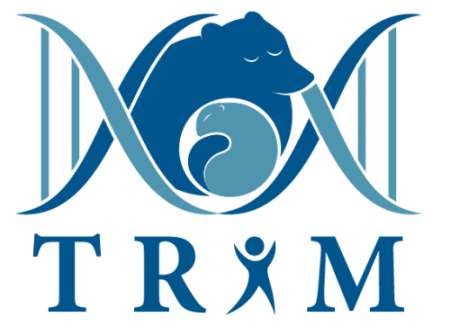Supported by: NASA EPSCoR Program (NNX13AB28A and 22-22EPSCoR-0018)
PI: Kelly L. Drew, PhD
Key Personnel:
Bernard Laughlin, DO
Matthew Cho, PhD
Øivind Tøien, PhD
Anna Goropashnaya, PhD
Vadim Fedorov, PhD
The Drew lab is working on developing a treatment to create a hibernation-like state, called synthetic torpor, in humans. This could help NASA reduce medical risks during space missions and maintain astronauts' muscle and brain function during long-term space travel. Synthetic torpor aims to address challenges like muscle loss, cognitive decline, and medical emergencies that occur in space.
Key Objectives of the Research
- Inducing Synthetic Torpor in Rats
The group is testing a drug mixture on rats that do not naturally hibernate. The goal is to lower their metabolic rate to 60% or less of the normal level while keeping blood pressure stable.
- Studying Gene Expression for Future Therapies
The group is also analyzing how cooling animals' body temperature to 32°C for 24 hours affects their genes. They are using a method called RNA sequencing (RNAseq) to study changes in gene activity caused by the drug cocktail and cooling. One key focus is on the RBM3 gene, which the group thinks may regenerate muscle and neurons when tissue temperatures drop.
This Matters for Space Travel because space missions expose astronauts to unique risks like muscle atrophy and cognitive challenges due to microgravity and isolation. Synthetic torpor could help mitigate these effects by slowing metabolism and protecting the body, potentially making long-term missions, such as those to Mars, safer and more feasible.







